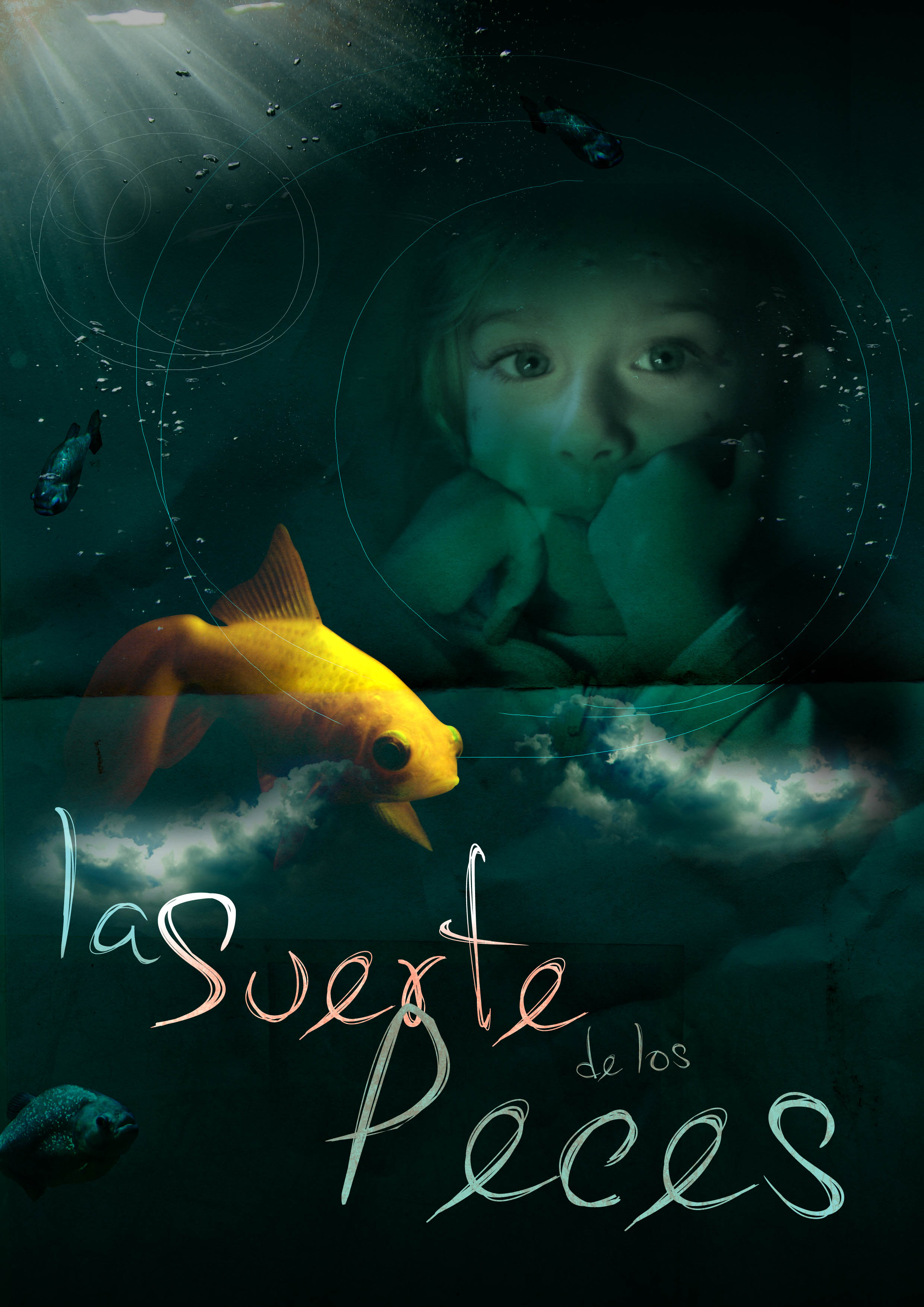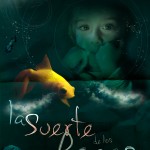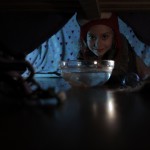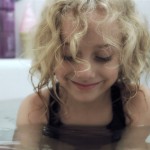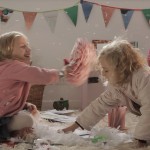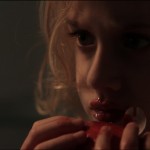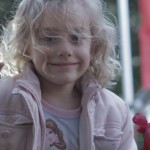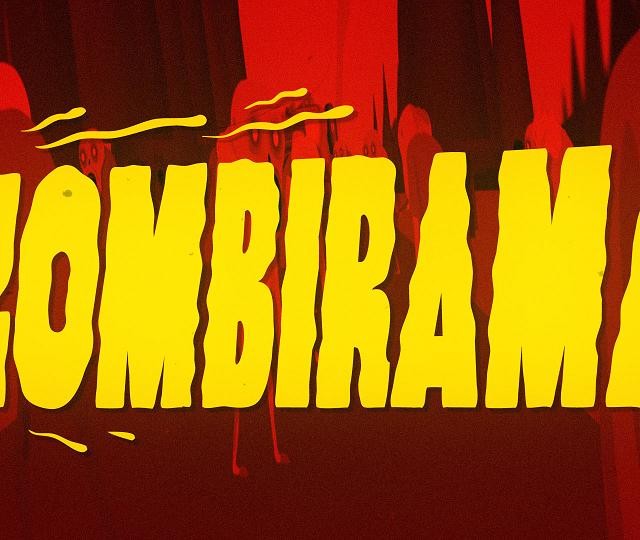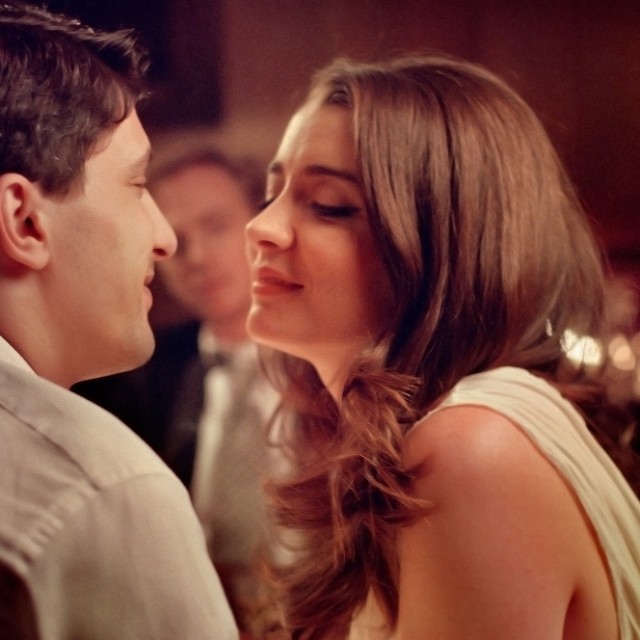THE FATE OF THE FISH
– Duration / Duración: 00:13:39
– Storyline:
Thanks to her mother´s depression, Mora´s and Anna´s home seems to be dead, but little Mora will find her own way to connect with life, an unusual way… perhaps outside of moral sense.
Inundado por la energía depresiva de su madre, el ambiente en el hogar de las hermanitas Anna y Mora se respira muerto. La pequeña Mora encontrará una forma de reconectarse con la vida un tanto inusual… o quizás amoral.
– Short Synopsis/ Sinopsis Corta:
This is the story of Mora and Anna, two little sisters living with their Mother, a young woman facing a strong depression process. During the film Mora will find her own way to connect with life and manifest at the same time what´s happening inside her. Even though she is not looking for that, her actions will provoke her mother´s reaction, who for good or bad does what she can with what she got.
Esta es la historia de Mora y Anna, dos pequeñas hermanas que viven con su Madre, una mujer joven que atraviesa una fuerte depresión. A lo largo de la película Mora descubrirá una nueva forma de reconectarse con la vida y al mismo tiempo de manifestar lo que sucede en su interior. Sin quererlo, su accionar despertará la reacción de su Madre quién para bien o para mal, hace lo que puede con lo que tiene.
– Long Synopsis / Sinopsis Larga:
This is the story of Mora and Anna, two little sisters living with their mother, a young woman facing a strong depression process. Even though they live together, all of them feel alone because of the deathly mood of this home.
Mora is just a five years old girl with a quiet unusual personality: she shows no interest about anything but the fish tank and her drawings about it. Doesn´t matter how hard Anna tries to be closer to her little sister, she always remains distant. The same situation happens with their mother, who´s barely able to feed them. About the father, we know nothing.
Mora´s obsession about the fish tank impels her to steal a little orange fish aiming to take a bath with it, but unfortunately (or not) Anna comes into the bathroom and almost discovers her secret. In order to avoid the situation of being caught Mora hide the little animal inside her mouth, and that´s how she discovers a new passion: eating the fishes of the fish tank, not raw but alive.
From this moment Mora start to connect with her sister, start to play, start to feel more alive. The little girls develop a new bond, and although Anna finds out about Mora´s secret she decides not to interfere to preserve the relationship and to avoid disturbing her mother.
But the secret will soon be exposed by accident, and even though Mora is not looking for that, her actions will provoke her mother´s reaction who, for good or bad does what she can with what she got.
El film cuenta, la historia de Mora una nena de cinco años un tanto apática fascinada por la pecera de su casa.
En las primeras escenas podemos apreciar la situación del hogar: una madre depresiva y una hermana mayor, de unos 8 años, que intenta sin éxito conectarse con ellas. Del padre no hay siquiera rastros.
La obsesión de Mora por los peces la lleva a robarse un pequeño pez para bañarse con él. Es en este momento cuando descubre, casi accidentalmente, lo delicioso que le resulta comérselo vivo.
A partir de este momento Mora se siente más viva, conectada y comienza a relacionarse con su hermanita. Anna descubre el secreto de Mora, pero para preservar la nueva relación que se ha generado entre ellas, decide no interferir. Está claro para las dos que Inés, su mamá, no debe enterarse siendo que su estabilidad ya de por sí, pende de un hilo. Es también por eso que Anna participa en encubrir lo que sucede en torno a la pecera.
Pero el secreto no dura mucho y pronto por accidente, Inés descubre lo que está ocurriendo con su hija. Su reacción será inesperada y discutible, pero acorde a una mujer que hace lo que puede con lo que tiene.
– Director´s Biography / Biografía de la Directora:
MARÍA BELÉN ARANA
She studied Cinematography in the Centro de Investigación Cinematográfica (C.I.C), Direction of Photography (S.I.C.A) and took many specialization courses like Advanced Cinematography (with Argentinian film director Pablo Fendrik), Experimental Cinematography, Scriptwriting, Art Direction, Sound Design and Acting, between others.
From the year 2006 she worked in advertisement films, short-films, video-clips and feature films, going through the different areas like: art department, electrical department, camera assistant, production, first assistant director, casting, making-of, etc., in the belief that a film director must deeply understand each area involved in a film production.
From 2009 until 2011 she was Executive Producer in Haciendo Cine Production Company and Trade Magazine, were between other responsibilities she was in charge of producing and programming the “Primer Corte” section (for films in the first cut stage) of “Ventana Sur” Film Market, co-produced by Argentinian film institute INCAA and the Marchè du Film from Cannes Film Festival.
In 2012 she shoot “The Fate of the Fish” short-film as Director, worked as first assistant director of the feature film “Mujer Lobo” of Tamae Garateguy, also as Casting Director of the feature film “The Critic” of Hernán Gueschuny and as Production Coordinator of the TV series “23 Pares” of Albertina Carri.
Después de finalizar los estudios secundarios en el Instituto Gaspar Campos, fundado por Leopoldo Torre Nilson, comienza la carrera de Realización de Cine y Televisión en el Centro de Investigación Cinematográfica (C.I.C) y paralelamente toma el curso de Dirección de Fotografía (S.I.C.A), con Fabio Bastías .
Además de los conocimientos adquiridos durante la carrera, toma en el año 2009 decenas de cursos de especialización entre ellos Realización Cinematográfica Avanzada dictado por Pablo Fendrik, Cine Experimental por Ernesto Baca, Guión por Alberto Rojas Apel, Dirección de Arte por Aili Chen y Diseño de Sonido por Guido Berenblum. También toma clases de Actuación en la escuela de Nora Moseinco y de dramaturgia con Mauricio Kartun.
Desde el año 2006 se dedica a trabajar free-lance en decenas de comerciales, cortometrajes, videoclips y también en documentales y largometrajes, ocupando diferentes roles y aprendiendo desde cada área en particular; bajo la convicción de que un director de cine deberá atender y comprender el funcionamiento de todas las áreas implicadas en una producción audiovisual
Posteriormente como Coordinadora de Producción para la revista Haciendo Cine, dónde ha desempeñado tareas como producción y programación de la sección de Primer Corte dentro del mercado de cine Ventana Sur (desarrollado en forma conjunta por el INCAA y el Marchè du Film del Festival de Cannes); producción y programación de seminarios especializados para la industria audiovisual; desarrollo de proyecto y asistencia de producción ejecutiva para el largometraje El Crítico de Hernán Guerschuny, declarado de interés por el INCAA y ganador del fondo de ayuda IBERMEDIA y Diseño de Producción y Jefe de Producción del piloto de televisión Haciendo Cine T.V.
En 2012 ha trabajado free-lance en publicidad, principalmente con SAKE S.R.L, como asistente de dirección en el nuevo proyecto de Tamae Garateguy “Mujer Lobo” ganadora de la mención especial del jurado del WIP Mar del Plata, como Directora de Casting y realizadora del making of del largometraje El Crítico de Hernán Guerschuny (Revista Haciendo Cine) y como Coordinadora de Producción de la serie de unitarios de ficción 23 Pares de Abertina Carri y Directora de Casting del largometraje Un Paraíso para los Malditos de Alejandro Montiel a filmarse en Marzo de 2013.
– Director Statement:
The two little sisters of the short film, are actually me nieces. The older one, Abril (Anna) was born with a serious disease that ended up in a liver transplantation. During the hospitalization period I was in charge of Mía (Mora), who was a baby of just 8 months of life. Thanks to this experience I had the opportunity to learn how a the little baby, that was really scared, away from her mother, father and sister and living under a very stressful mood found her way to reconnect with life and enjoy a couple of months under my custody.
At that time of my life I had a lot of thoughts about food, and realized that everything I eat becomes a part of me. Not only of my body, but also of my own energy and essence. I stopped eating meat, or any dead thing, and took good care of my alimentation, since “we are, what we eat” and I just wanted to be alive in every possible sense.
From this situations came the idea of “The Fate of the Fish”. About the end of the story, I just wanted it to be ambiguous and outside what is considered good or wrong by moral sense. The fact that the Mother re-fills the fish tank for Mora seemed to be a good idea, since it was appropriate for the character personality and could be read by the audience in different ways. Some people would think that she is a little bit crazy and denying, while other people would think that she accepts and supports her daughter whoever she is, even if this is beyond cultural moral. Personally, I think that it doesn´t matter which idea is right, I wanted the audience to be able to reflect their own view of this action.
Also I tried to create different moods trough the film: a dysfunctional home, the intimacy among children, and also a disturbing mood, since this helps to arouse feelings (and people).
That´s way with the directors of Art and Photography we looked for beautiful and clean images that generate contrast between what we see and what is happening inside.
In the other hand, with the sound director we choose to play a disturbing mood, full of street sounds, fish tank sounds, and disturbing TV offs, we even included a fragment of Mulholland Drive of David Lynch.
Finally the camera proposal was to start really steal and increase the movement as the story progresses. Being stuck when the characters are stuck, and releasing it when the characters are flowing.
Quise llevar a cabo un proyecto de ficción, que me permitiera encarar la dirección de forma experimental. Este cortometraje fue realizado a lo largo de un año y medio, a partir de un fuerte trabajo de investigación e improvisación con los actores, donde en una primera etapa ensayamos muchos los personajes, y luego el trabajo se fue dando a través de períodos de escritura, días de rodajes y edición, alternativamente a lo largo del tiempo, lo que nos permitía ir experimentando nuevos personajes, espacios y escenas, como asi también mezclar actores con personas reales, e infiltrar la ficción en determinados lugares que nos parecían atractivos y adecuados para que nuestra protagonista se inmiscuya en ellos. Si bien había un guión originalmente, este podía sufrir modificaciones a lo largo del trabajo, lo que fue potenciando la narración y volviendo la edición un pilar del trabajo.
– Overview / Ficha técnica:
Director / Director: María Belén Arana
Script / Guión: María Belén Arana
Director Assistant / Asistente de dirección: Gimena Joao – Martín Aliaga – Santiago Guidi
Photography Director / Dirección de fotografía: Mariano Diluch
Art Director / Dirección de Arte: Marlene Gancberg
Editing / Edición: Javier Kaplan
Sound / Sonido: Fernando Lamata – Martín Galimany
Produced by / Producido por: Belén Arana – Ariel Honigman
– Cast / Actores: María Fridman, Abril Masseroni, Mía Masseroni
– Festivals, Awards and Nominations / Festivales, Premios y Nominaciones:
– ShortCuts, Hispanic American short film festival; USA; 04/2013.
– Vancouver Latin American Film Festival; Canadá; 08/2013.


